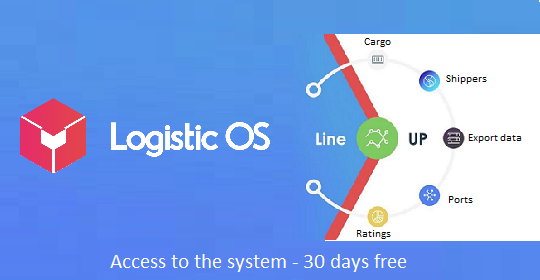In the Rostov region, digitalization in the agricultural sector is gradually developing, but its pace is still insufficient, experts say.
The Rostov region, due to its geographical location, is one of the main regions of the Russian Federation in terms of agricultural production; the agricultural sector accounts for up to 12% of its GDP.
However, recently farmers have been faced with some problems: the departure of Western companies, falling world grain prices, and high production costs.
Experts believe that the digitalization of agricultural enterprises could solve a significant number of such problems.
However, it is not going as fast as we would like.
What technologies are already used today?
Unmanned harvesters that carry out field work based on GLONASS data are becoming increasingly popular.
Practice shows that such combines are capable of harvesting more accurately and with less losses. In addition, farms save on wages for the harvester driver.
Also very popular are unmanned aerial vehicles that survey fields, the results of which are used together with data obtained through space surveillance, as well as using sensors located directly in the soil.
All this data together allows us to understand how much spraying, watering or fertilizing is required in a particular area of the field.
A yield map is also compiled, allowing you to see in which fields the yield is already good, and which require additional work to increase this indicator.
Currently, approximately 1 million hectares are cultivated using such technologies, which is not such a big figure.
Experts expect that in the next 3-4 years there should be a leap in the popularity of digitalization. For many businesses, this could be a good chance to improve their profitability.
What prevents full digitalization?
Currently, there is already an understanding that digital technologies are mainly used by the largest agricultural holdings, which have the funds for serious investments.
The smaller the enterprise, the fewer such opportunities it has. This leads to the fact that one company may have very high digitalization, while another may have no digitalization at all.
Another major problem is the lack of qualified personnel, without which it is impossible to carry out full digitalization.
Also, the return on investment takes quite a long time, and currently not all enterprises are willing to wait to get the effect.

